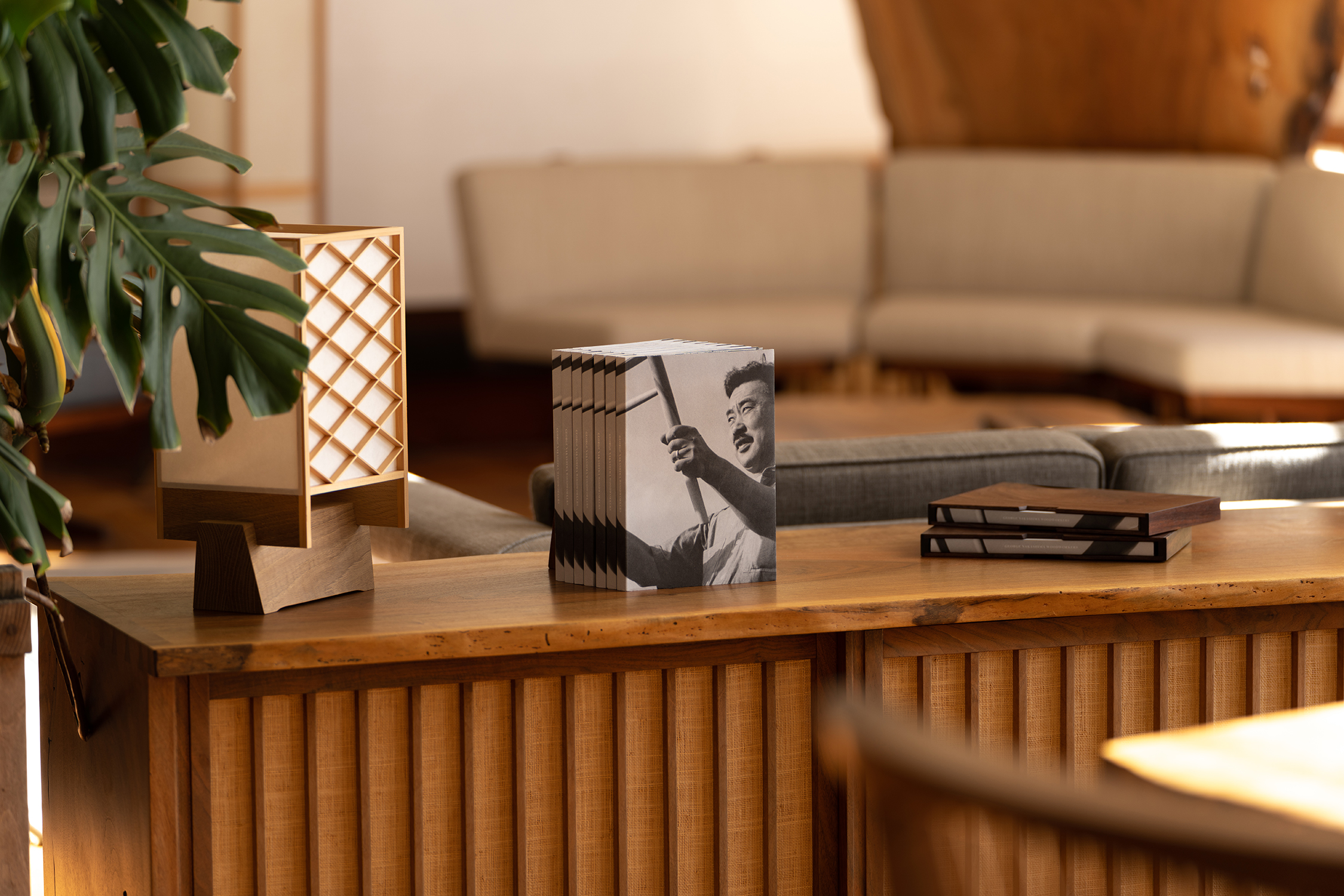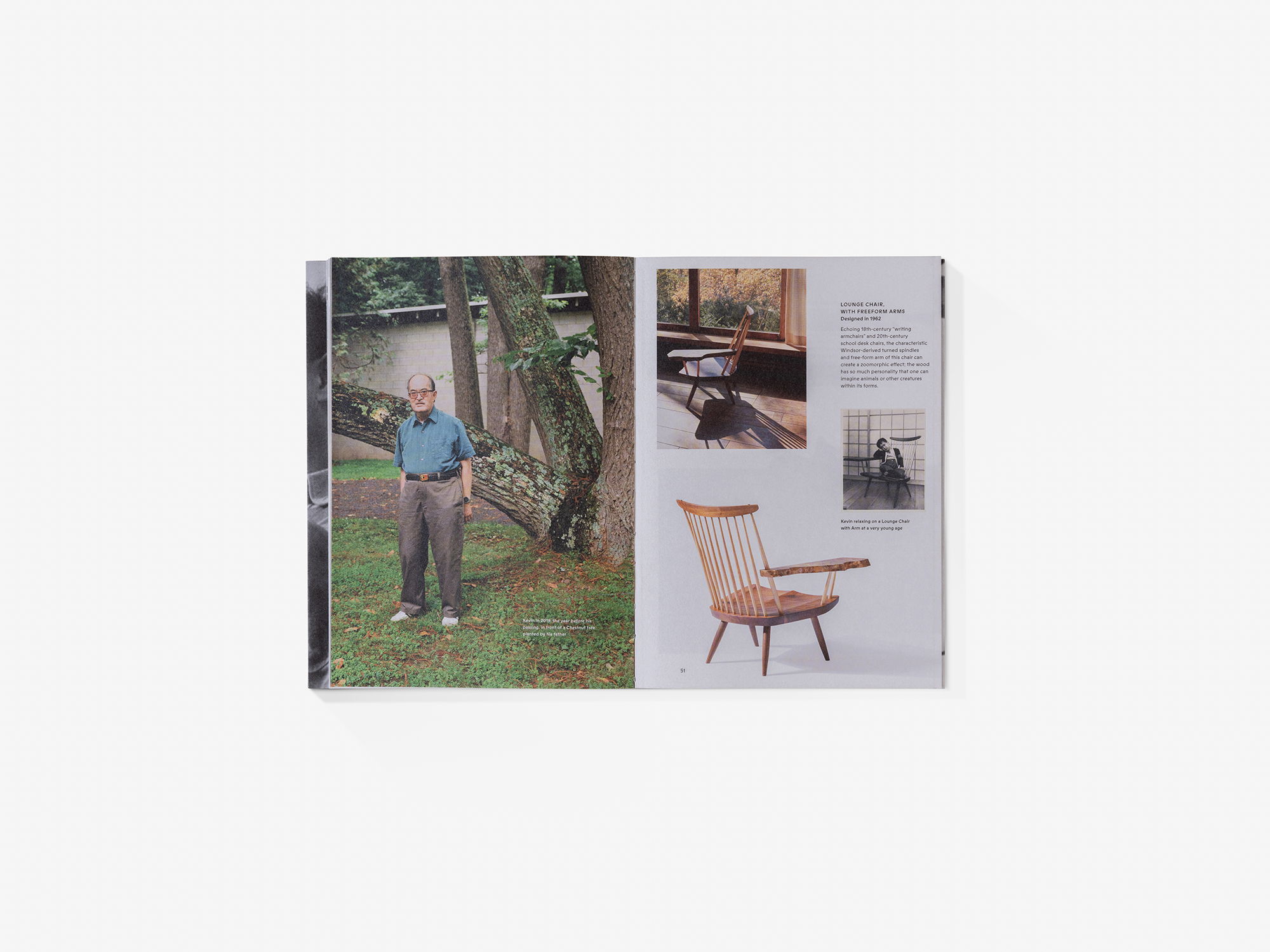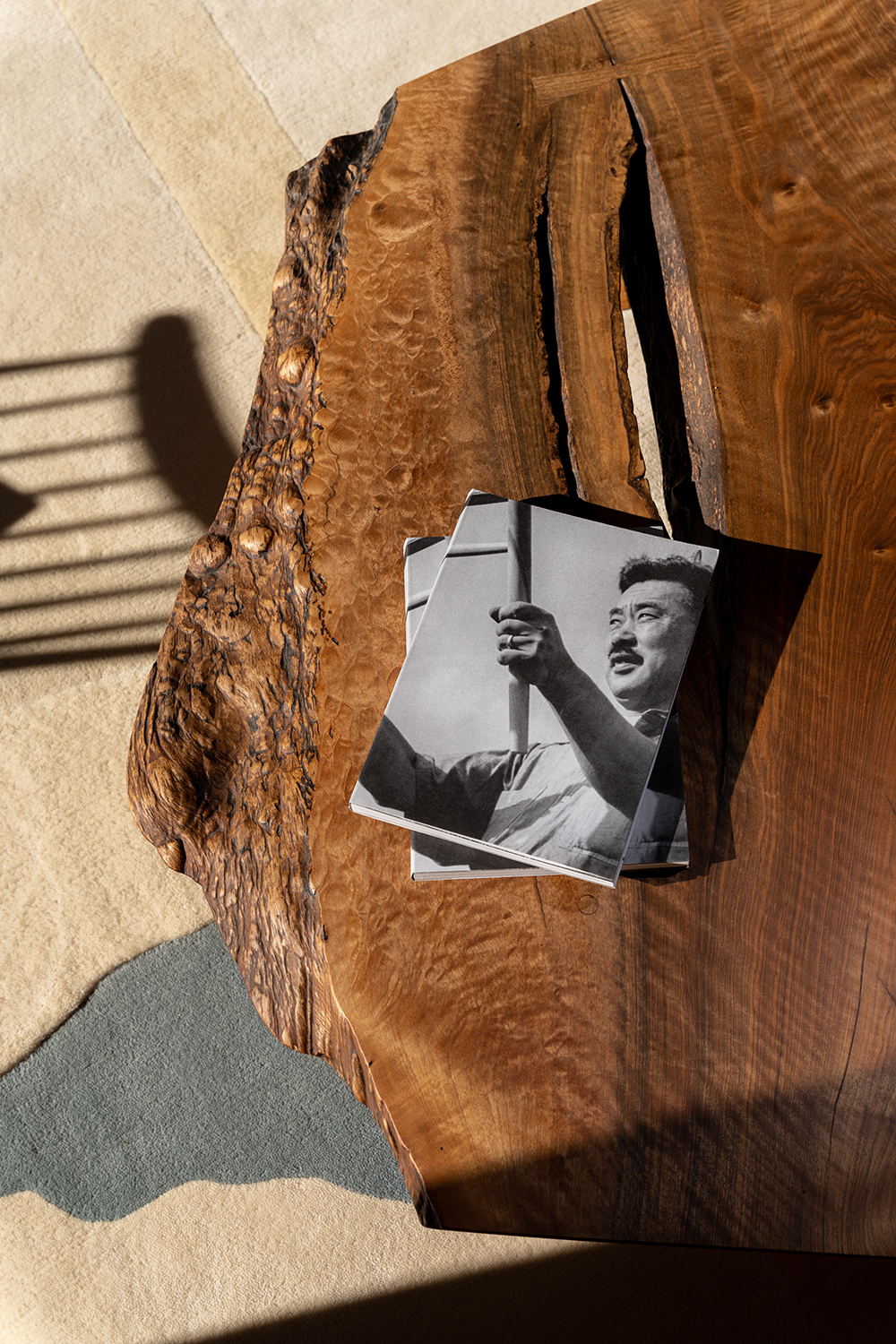Sometimes, as a society, we tend to underestimate reality. Our search for perfection leads us to place a superficial layer on that which is born from a basic or primordial precept. As a consequence of this and other similar reflections, Nakashima Woodworking decided to repress the appearance of its catalog, which means the way in which it presents its work to the world, by publishing ‘The Nakashima Process Book’. “After many years using full-color photographs of our real pieces, we have decided to return to the fundamentals of the brand,” explains Mira Nakashima, daughter of the renowned artist.

This coming home in book form integrates fragments of Nakashima’s family history, as well as original sketches by George. In this way, the family gives us the opportunity to expand understanding and appreciate the care and time dedicated to each of their creations. “Guided by a design assistant, our team has been collaborating for years, exchanging ideas, encouraging writing and drawing sketches to complement my father’s, and taking new photographs to present our offerings and history in an up-to-date way,” he explains.

Our collaboration with Cedric Etienne exemplifies our shared dedication to approaching design from a spiritual perspective. Together, our goal is not only to craft aesthetically pleasing spaces but also to convey a powerful message. Our use of natural materials reflects our commitment to living in harmony with the world, allowing us to create spaces attuned to the rhythms and energies. Our creative journey transcends conventional design boundaries, aspiring to touch hearts, stir spirits, and imprint our shared vision on the world.


Hand-bound in Italy, the book features a removable cover that opens to reveal a poster of George Nakashima triumphantly holding one of his early masterpieces, the Grass-seated Chair. “On the back, there are a series of beautiful sketches, characteristic of those he used to give to clients who required large projects, for their delight.”



The book highlights and recognizes the work process of Nakashima Woodworkers. A mode of creation that, despite being constantly evolving, “we hope will shed light on our approach and why we remain faithful to our roots, maintaining the old-school Nakashima style,” Mira concludes.




